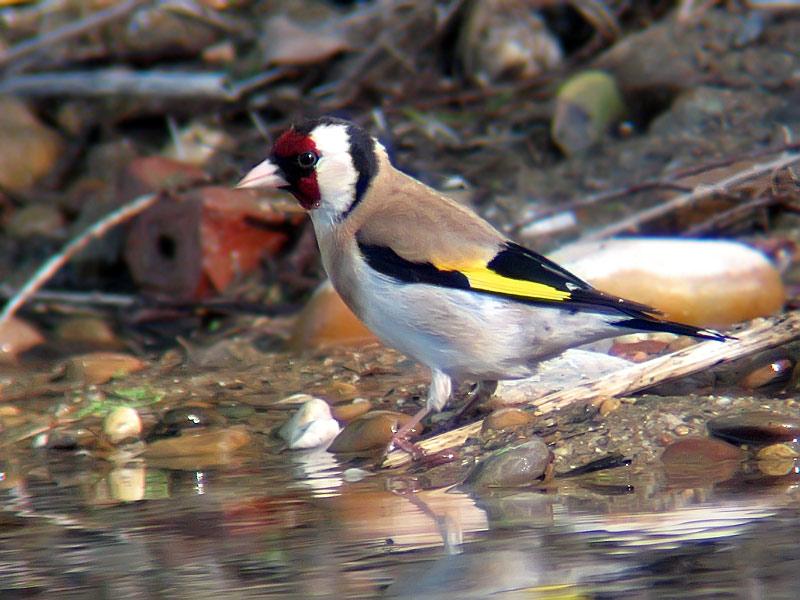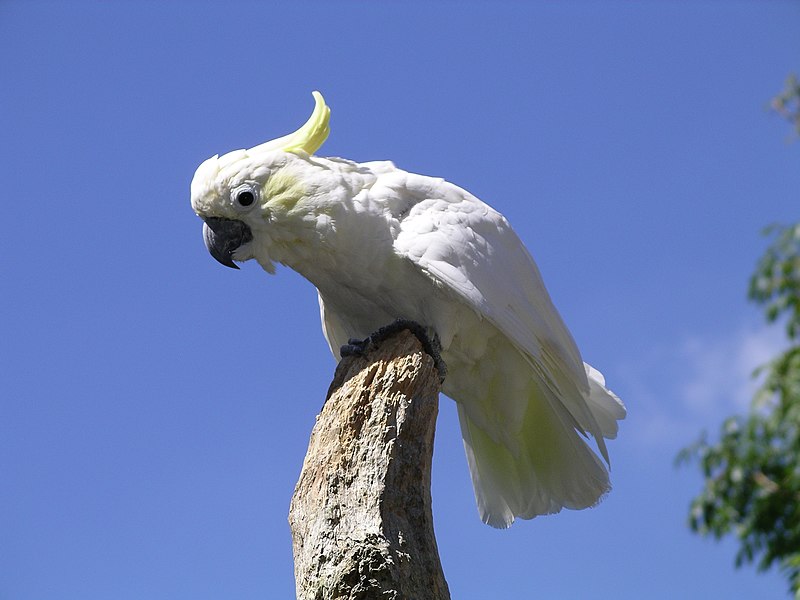 The recently published Action Plan for Australian Birds, 2010 covering all Australian birds on the IUCN Red Data List, has its share of depressing conservation news, but also offers some hope. As most bird enthusiasts know, a few species of Australian cockatoos are expanding their ranges, but far more are declining or barely holding their own. Less well-known is the fact that several finches are also in serious trouble in the wild, despite being well-established in the pet trade.
The recently published Action Plan for Australian Birds, 2010 covering all Australian birds on the IUCN Red Data List, has its share of depressing conservation news, but also offers some hope. As most bird enthusiasts know, a few species of Australian cockatoos are expanding their ranges, but far more are declining or barely holding their own. Less well-known is the fact that several finches are also in serious trouble in the wild, despite being well-established in the pet trade.
Past and Present Statistics
Since European settlers arrived onAustraliain 1788, 2.2% of the continent’s birds have become extinct and 11.8% are threatened with extinction. As so many of Australia’s birds are found nowhere else on earth and have no close relatives, the situation is especially critical. Read More »
 That Bird Blog – Bird Care and History for Pet Birds
That Bird Blog – Bird Care and History for Pet Birds




